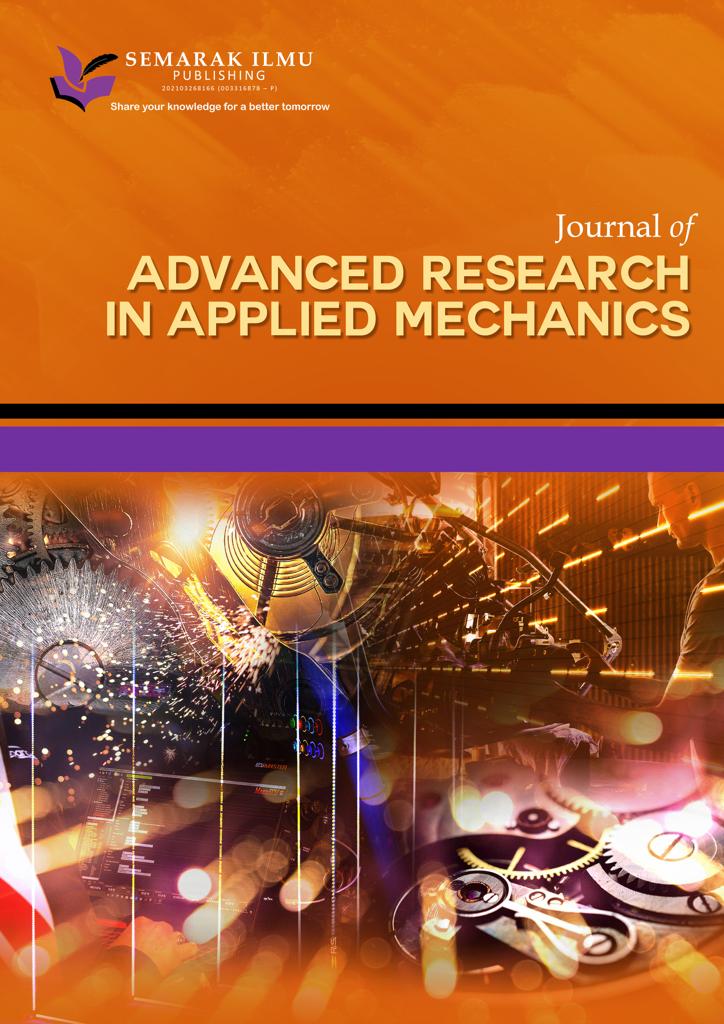Street Geometry and River Width as Design Factors to Improve Thermal Comfort in Melaka City
Keywords:
Street geometry, water body, Physiological Equivalent Temperature (PET), envi-met microclimate modelAbstract
This paper addresses the contributions of urban geometry under hot-humid climate in the Melaka City, Malaysia, and their benefits toward optimum cooling effect of water body modification. The aim is to examine quantitatively the potential of the cooling effect from water bodies in combination of street geometries and the development of comfortable microclimate conditions at street level in the city environment. ENVI-met microclimate model were developed to predict the impact of modification according to the proposed hypothetical urban geometries investigated include various street aspect ratio equalto 1, >1, and <1, and river width equal to 18, 36, and 54 meters. The proposed urban settings that resulted from the combination of the various streets and river width are modelled on four different orientations, including EW, NS, NE-SW and NW-SE, and a total of 36 different urban geometries are evaluated. The outdoor thermal comfort was assessed based the outcome developed local physiological equivalent temperature (PET) as reference to evaluate modification benefits towards outdoor comfort level. It is revealed that the existing variation in temperature between the different urban locations in the Melaka water body area was due to the influence of their geometrical characteristics. The conclusions derived from the microclimate modelling point out the necessity for promoting water body cooling effects can be implemented as additional guide lines in urban design to keep the external microclimate conditions in comfort range and influence the bio-climatic factors in urban tropical climate.
Downloads























